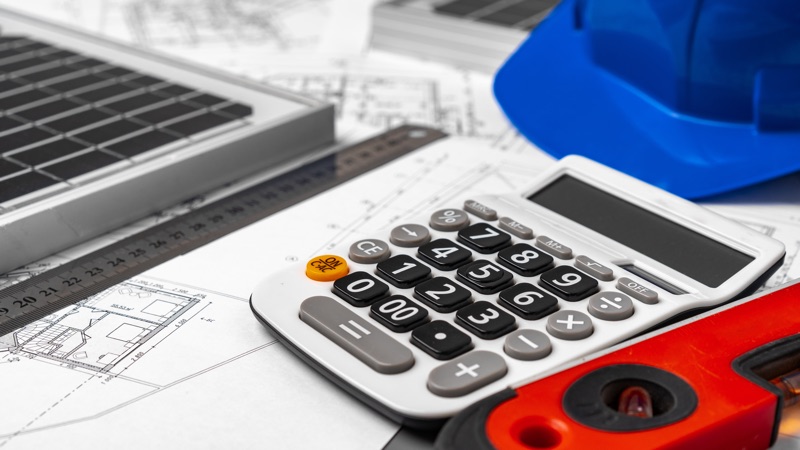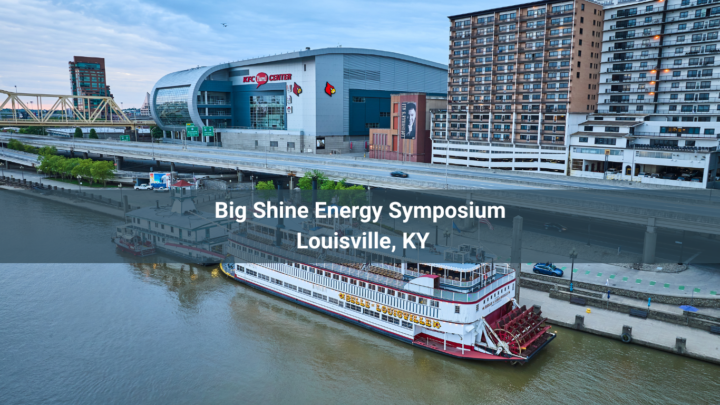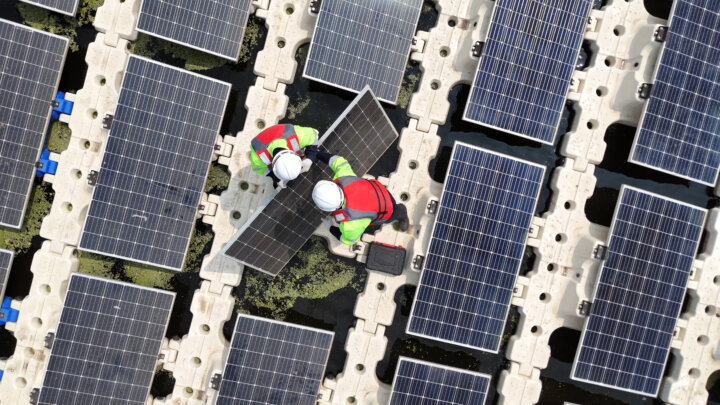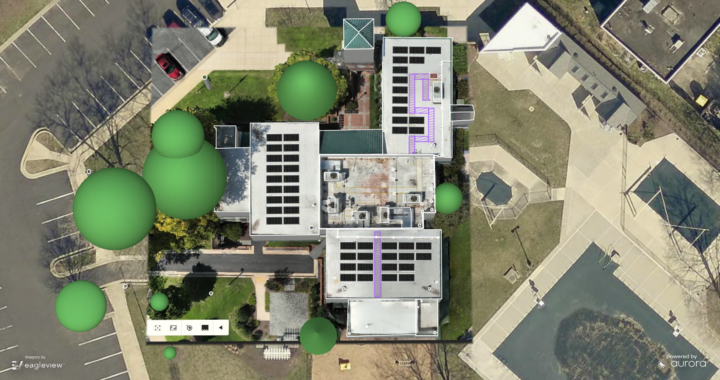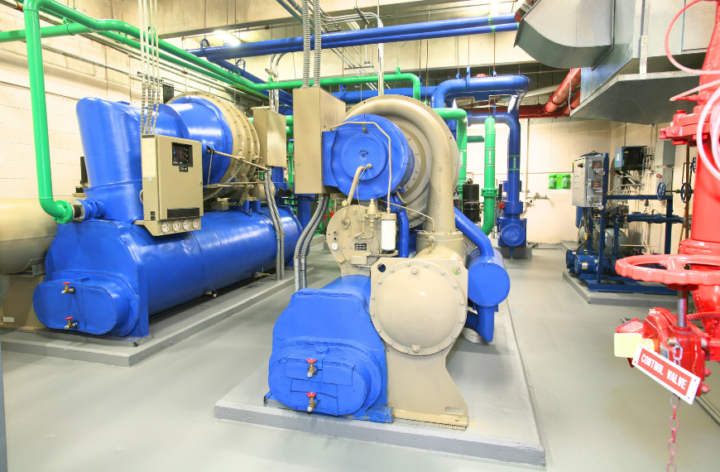In the modern world, sustainability and energy efficiency are top priorities for businesses. One way to achieve these goals is by harnessing the power of solar photovoltaic (PV) and energy storage systems (ESS). However, before embarking on this eco-friendly journey, there are several crucial considerations to keep in mind. In this blog post, we will guide you through the process, focusing on three key factors to ensure your solar and energy storage project is a success.
1. Confirm the System Size and Interconnection Process
The first and most critical step is to confirm the size of your PV and ESS system with your utility company. This is done through an interconnection application, which can be a complex process but is essential for ensuring your system operates efficiently and in compliance with local regulations.
What happens during the interconnection process?
- Application Submission: Start by filling out the interconnection application provided by your utility company. This document will require information about your proposed system, such as size, location, and the type of equipment you plan to use.
- Utility Review: Once you’ve submitted your application, the utility company will review it to ensure that your system’s specifications align with their grid capacity and technical requirements.
- Capacity Assessment: Large cities often have substations that are already nearing their capacity limits. When a substation reaches its capacity, it means it cannot accept any more power from additional sources, including your solar PV system. This limitation can lead to zero or limited export of excess energy.
What is a substation at capacity?
When a substation is at capacity, it means that the infrastructure in that area is already fully utilized. The substation is unable to accept more electricity from additional sources, which can lead to limitations on the amount of power you can export. It’s crucial to work closely with your utility to understand the limitations and possibilities for your specific location.
Size of Energy Storage Systems Relative to the PV System
In some regions, utility companies may require that the size of your energy storage system is proportional to your PV system. This means that you’ll need to ensure the capacity of your energy storage system aligns with the energy generation capacity of your PV system, helping to balance supply and demand.
2. Consider Your Energy Consumption Profile
Understanding your facility’s energy consumption profile in comparison to your PV system’s production is vital. This information will help you determine how much, if any, power will be exported to the grid and what to expect from your utility’s net metering program.
Key considerations include:
- Matching Supply and Demand: Your PV system may generate excess electricity during sunny periods, which can be stored in the ESS or exported to the grid. Understanding your energy consumption patterns will help you make the most of your clean energy by aligning production and usage.
- Net Metering Programs: Many utilities offer net metering programs that allow you to receive credits for excess electricity fed back into the grid. A clear understanding of your energy consumption profile will help you maximize the benefits of these programs.
3. Evaluate the Suitability of the Proposed Area
The location of your solar PV and energy storage system is of paramount importance. Rooftop systems require structural feasibility analysis, while ground-mounted systems need geotechnical studies to ensure stability and longevity.
Considerations for rooftop and ground-mount systems:
- Rooftop Systems: Ensure that your facility’s roof can support the weight of the solar panels. A structural analysis will determine if any reinforcements or modifications are needed to support the system.
- Ground-Mounted Systems: For ground-mounted systems, geotechnical studies will assess the soil’s composition and stability. This analysis helps determine the foundation design and any necessary site preparation.
Key Considerations for Ground Mount PV System Installation
By evaluating the suitability of the proposed area for your PV and ESS, you can avoid potential issues and ensure a safe and effective installation.
In conclusion, planning and installing a solar PV and energy storage systems at your facility is an excellent way to reduce your environmental footprint and save on energy costs. However, it’s essential to approach this endeavor with careful consideration of the interconnection process, energy consumption profile, and site suitability. By doing so, you can ensure a successful and sustainable transition to clean energy while aligning with local regulations and utility requirements.
